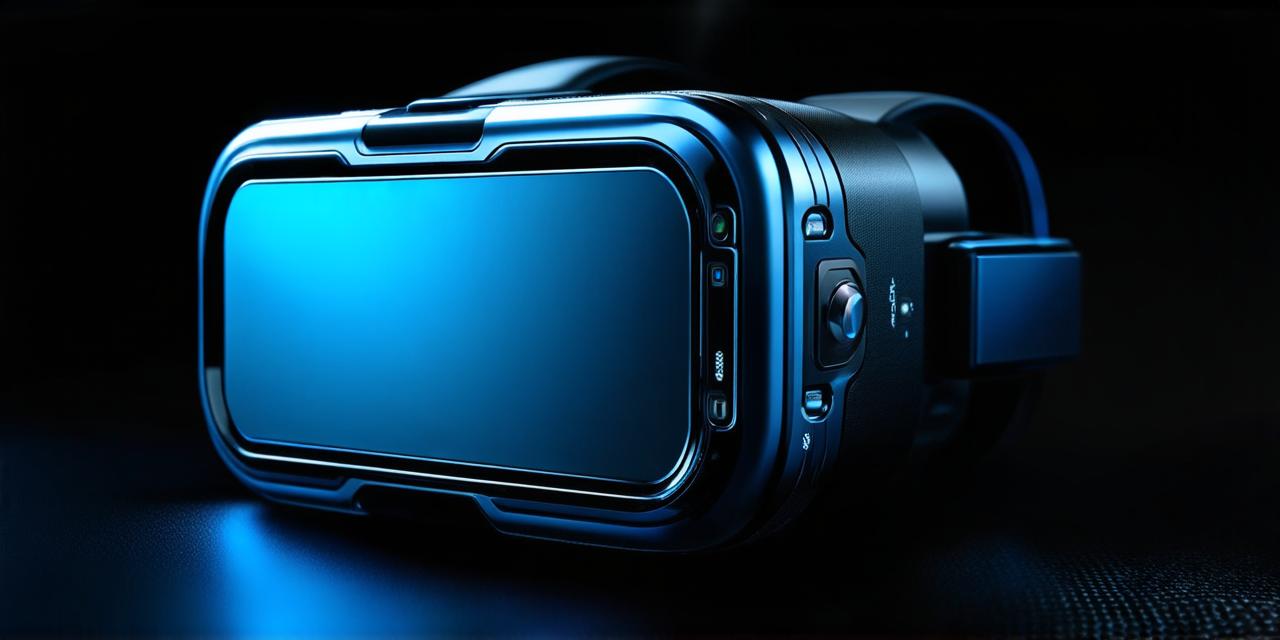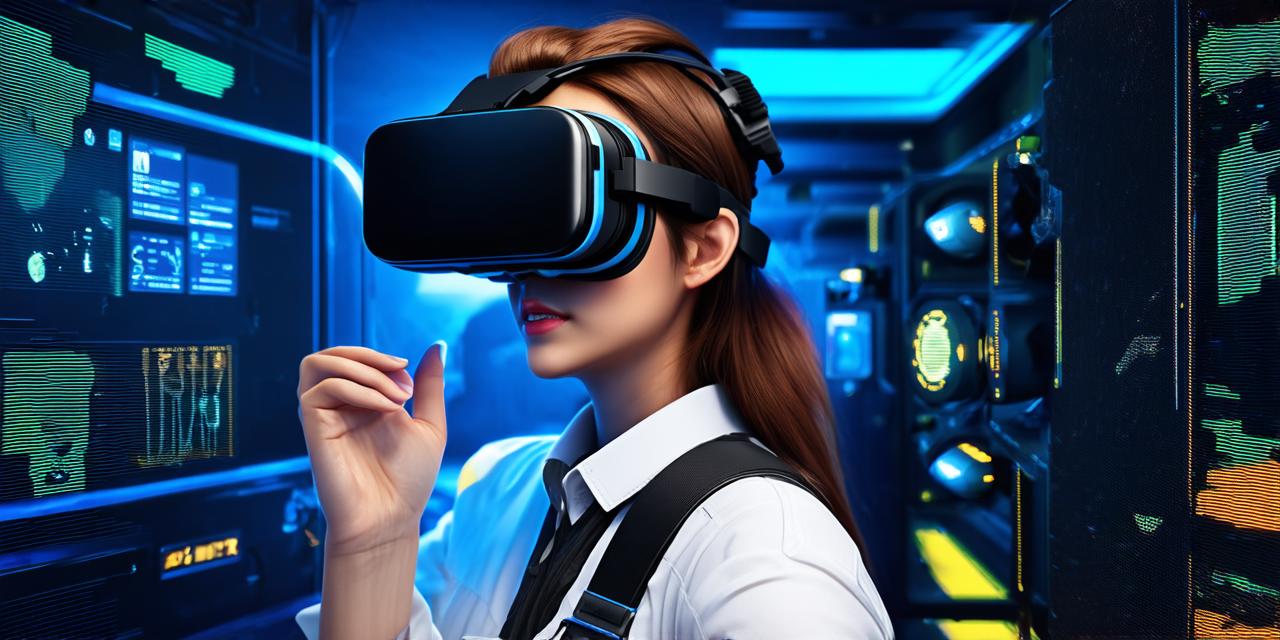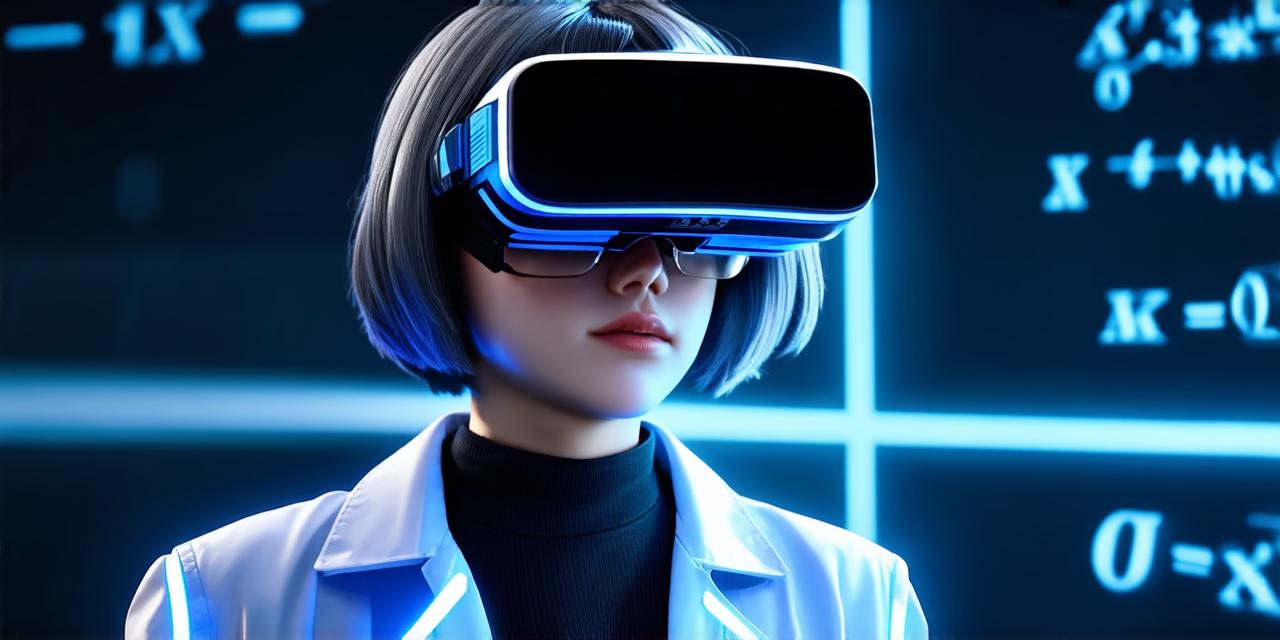Virtual reality (VR) and augmented reality (AR) have been rapidly evolving technologies for years. VR is a fully immersive experience that transports users into a simulated environment, while AR enhances the user’s view of the real world by overlaying digital information onto it. The line between these two technologies has been blurring as they merge with actual reality, creating exciting new possibilities for the future of augmented and mixed reality.
One example of this is the increasing use of VR in education. VR allows students to experience and interact with concepts in a more engaging and immersive way than traditional classroom methods can. For example, a student studying biology could take a virtual tour of the human body, exploring its different systems and functions in an interactive 3D environment.
This could be particularly useful for students who learn through hands-on experiences and are able to interact with virtual objects in ways that would not be possible in real life.
Another area where VR and AR are merging is in the field of entertainment. Games are already taking advantage of the immersive nature of VR to create truly interactive and engaging experiences, but the line between VR and AR is becoming increasingly blurred as games incorporate elements of both technologies.
For example, a game set in a virtual world could use AR to enhance the user’s real-world experience by overlaying digital information onto their surroundings, such as maps or quest markers. This would allow players to interact with the virtual world in a more seamless and natural way.
The merging of VR and AR is also having a significant impact on the retail industry. Many companies are now using AR technology to enhance the shopping experience for customers. For example, a furniture store could use AR to allow customers to see how a piece of furniture would look in their home before buying it.
This could be particularly useful for customers who are unable to visualize how a piece of furniture would fit into their space.
The merging of VR and AR is also having a significant impact on the field of architecture. Architects can use VR to create virtual models of buildings and then overlay digital information onto the real world using AR. This allows architects to visualize how a building would look in its intended environment and make changes as needed, saving time and money in the process.

The future of augmented and mixed reality is likely to be increasingly interconnected with the physical world. As these technologies continue to evolve, we can expect to see more and more examples of VR and AR merging with actual reality. Whether it’s in education, entertainment, retail, or architecture, the potential for VR and AR to enhance our experience of the physical world is truly exciting.
One of the key factors driving this trend is the increasing availability and affordability of VR and AR technology. As these technologies become more accessible, we can expect to see even more creative uses for them.
For example, a company could use VR to create a virtual reality training program that allows employees to practice their skills in a simulated environment. This would allow them to learn from their mistakes without putting themselves or others at risk.
Another factor driving this trend is the growing demand for personalized and interactive experiences. Customers want to be able to interact with products and services in a more engaging and personalized way, and VR and AR provide a powerful way to achieve this. For example, a car dealership could use VR technology to allow customers to take a virtual test drive of a car before buying it.
This would allow them to get a better sense of how the car handles and what features it has, without having to spend hours driving around in a physical car.
One potential challenge for the merging of VR and AR is the potential for these technologies to become too immersive and disorienting. For example, a VR experience that is too immersive could cause motion sickness or other negative effects, while an AR experience that overlays too much information onto the real world could be overwhelming and distracting. To overcome this challenge, developers will need to carefully balance the level of immersion and interactivity provided by these technologies with the user’s needs and preferences.
Another potential challenge is the cost of VR and AR technology. While the cost of these technologies has been decreasing in recent years, they are still relatively expensive compared to traditional computer hardware. This could limit their adoption in some industries, particularly those with limited budgets. To overcome this challenge, developers will need to find ways to make VR and AR technology more accessible and affordable for businesses and consumers alike.
In conclusion, the merging of VR and AR with actual reality is an exciting trend that has the potential to revolutionize many industries. Whether it’s in education, entertainment, retail, or architecture, these technologies offer powerful ways to enhance our experience of the physical world and provide more engaging and personalized experiences for users. While there are certainly challenges that need to be addressed as this trend continues to evolve, the potential benefits are truly immense. As VR and AR technology continue to improve and become more accessible, we can expect to see even more exciting examples of these technologies merging with actual reality in the years to come.




